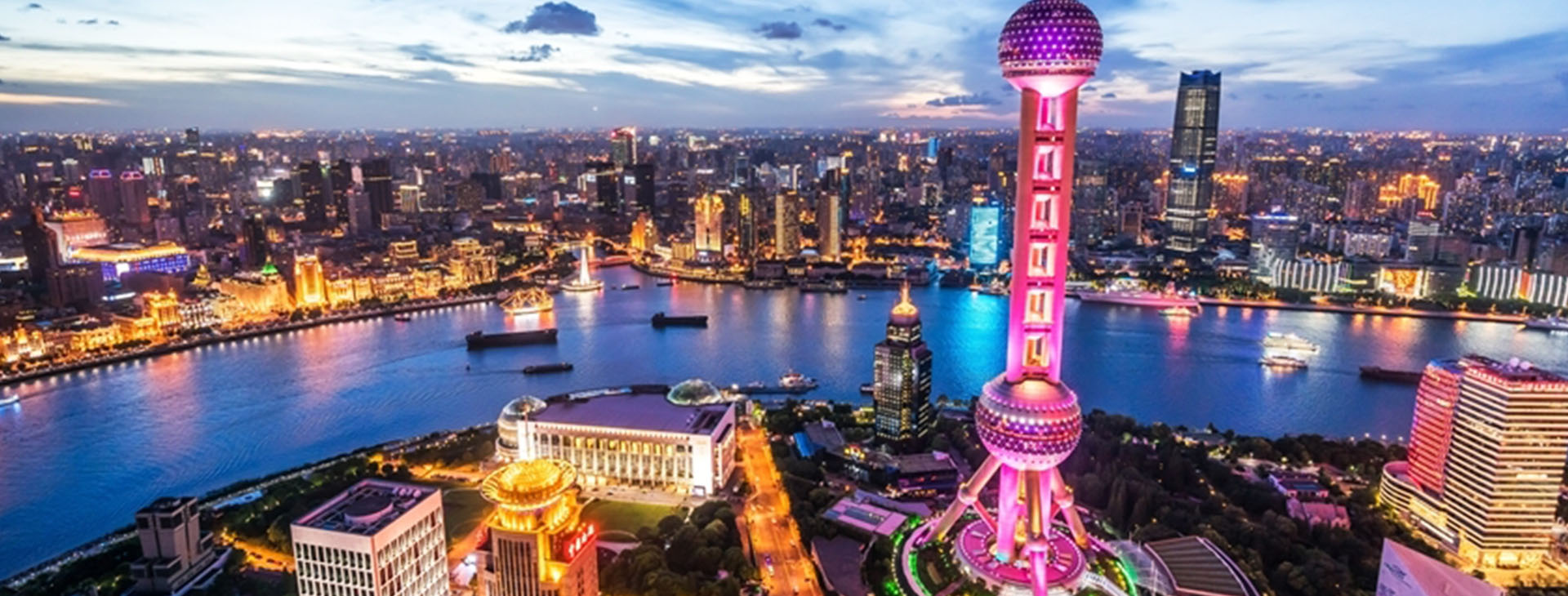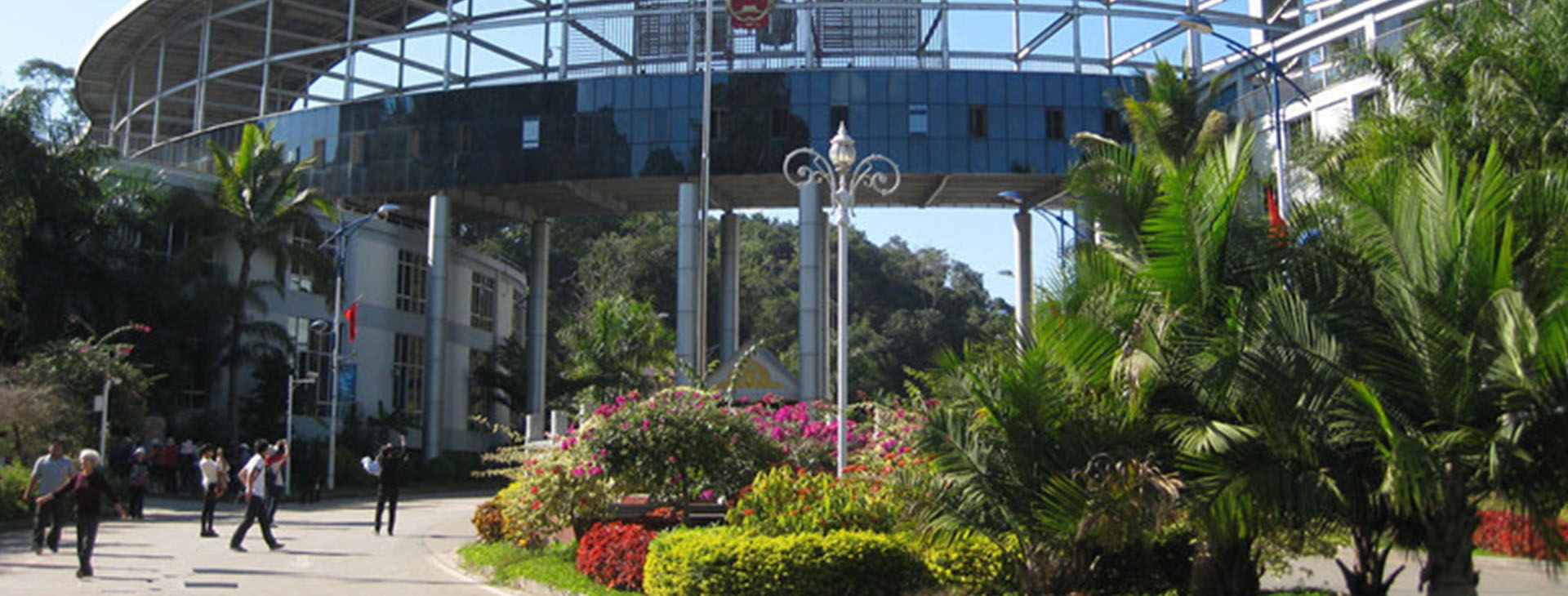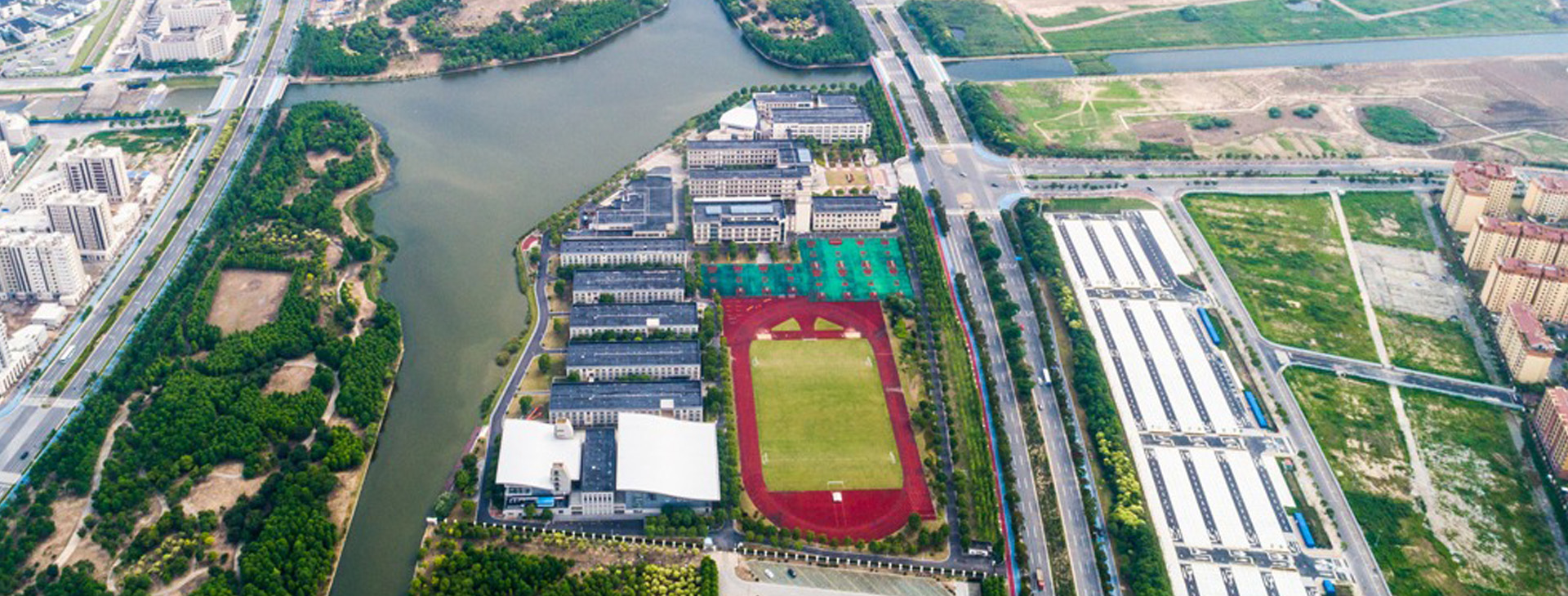Industrial Park/Zone/Estate (IP/Z/E)
Special Economic Zone (SEZ)
Cross Border and Border (Gate) Economic Zones
Free Trade Pilot Area (TPA)
Overview of Economic Zone
Location
Announcement of establishing Economic Zone
1. Legal Frame for the Special Economic Zone (SEZ) Scheme
The examination of introducing the concept of economically promoted zone/area into Cambodia was originally started back in 1960’s, and the SEZ scheme has been finally introduced to Cambodia for the first time in December 2005. “Sub-Decree No.147 on the Organization and Functioning of the CDC” was issued on 29 December 2005 to restructure the organization of the CDC and a new wing of the CDC called the “Cambodian Special Economic Zone Board (CSEZB)” was established to manage the SEZ scheme. To govern the SEZ scheme, “Sub-Decree No. 148 on the Establishment and Management of the Special Economic Zone” (the SEZ Sub-Decree) was issued on 29 December 2005. In addition, the “Law on the Special Economic Zones” has been drafted by the CDC in 2008 and is now under examination of the RGC.
2. Basic Concept and Conditions for the SEZ
Regarding the basic concept and conditions for the SEZ, the SEZ Sub-Decree defines as follows (Article 2 and 3.1.3).
- SEZ refers to the special area for the development of the economic sectors which brings together all industrial and other related activities and may include General Industrial Zones and/or Export Processing Zones. Each Special Economic Zone shall have a Production Area which may have a Free Trade Area, Service Area, Residential Area and Tourist Area.
- It must have a land of more than 50 hectares with precise location and geographic boundaries.
- It must have a surrounding fence (for Export Processing Zone, Free Trade Area and the premise of each investor in each zone).
- It must have management office building and Zone Administration offices and all necessary infrastructures must be provided.
- It must have water sewage network, waste water treatment network, location for storage and management of solid wastes, environment-protection measures and other related infrastructures as deemed necessary.
3.Application Process for the Development of the SEZ
The Special Economic Zone may be established by the State, private enterprise or joint venture between State and private enterprise (Article3.1.2, the SEZ Sub-Decree).
Zone developer has to have the following ability and duties (Article 4.4, the SEZ Sub-Decree).
- Have sufficient capital and means to develop the infrastructures in the zone, including the human resources to manage the activities of the zone
- Have the legal rights to possess the land for establishing the SEZ
- Construct the infrastructures in the zone
- Lease the land and provide services to the Zone Investors
- Arrange security personnel and ensure good public order in the zone at all the time, etc.
The application process for the development of the SEZ is summarized in the following table (Article 3.2, The SEZ Sub-Decree).
Application Process for the SEZ Development
| Item | Description |
|---|---|
| 1. Application for the development of the SEZ | Zone Developer submits a request for approval for the development of a Special Economic Zone to the CSEZ and applies for the QIP (Application fee: 7 million Riels). |
| 2. Examination of an application | The CSEZB shall notify whether to approve or reject the request to the Zone Developer within 28 working days. When it is approved, a CRC shall be issued. |
| 3. Feasibility study | The Zone Developer conducts the detailed economic feasibility study, infrastructure master plan and other certified documents as stipulated in the CRC within 180 working days. |
| 4. A Final Registration Certificate (FRC) | Within 100 working days after it receives the above project materials, the CSEZ obtains all necessary approvals and authorization from the government and issues the FRC. |
| 5. Declaration of the establishment of the SEZ | Upon issuance of the FRC by the CSEZB, the Sub-Decree is issued to define the establishment of the SEZ and its boundaries. |
| 6. Withdrawal of the approval | The CSEZB has the right to withdraw the approval on the establishment of the zone and incentives which were granted through the FRC on the basis that the Zone Developer has not implemented at least 30% of the total investment capital of the project within 365 working days after receiving the FRC. |
4. Management Structure of the SEZ
The CSEZB under the CDC is the “One-Stop Service” organization in charge of the development, management and supervision of operations of the SEZ and the SEZ Administration is the State administration management unit which is the “One-Stop Service” mechanism at the site of the SEZ and set up by the CSEZB in order to be permanently stationed in each SEZ (Article 2, Article 4.2 and 4.3, The SEZ Sub-Decree).
The “Special Economic Zones Trouble Shooting Committee (SEZ TSC)”, which is located at the CDC, has a duty to promptly settle all issues occurring in the SEZ, whether pertaining to technical or legal aspects, or issues under the joint jurisdiction of ministries or institutions and beyond the competence of the SEZ Administration or the CSEZB. It has the further duty to be a mechanism to receive any complaint, and find solutions to such complaints filed by Zone Developers as well as by Zone Investors. The composition of the SEZ TSC is as follows (Article 4.1, The SEZ Sub-Decree):
| 01 | Chairmen of the CDC |
| Chairmen |
| 02 | Minister of the Council of Ministers |
| Member |
| 03 | Minister of Economy and Finance |
| Member |
| 04 | Minister of Commerce |
| Member |
| 05 | Minister of Land Management, Urbanism and Construction |
| Member |
| 06 | Minister of Environment |
| Member |
| 07 | Minister of Industry, Mines and Energy |
| Member |
| 08 | Minister of Public Works and Transportation |
| Member |
| 09 | Minister of Labor and Vocational Training |
| Member |
| 10 | Secretary General of the CDC |
| Member |
| 11 | Secretary General of the CSEZB |
| Secretary |
5. Other Regulations
Rules for the Export Processing Zone (EPZ)
In the EPZ, such special rules are applied as follows (Chapter 5, The SEZ Sub-Decree):
- The EPZ has specific entrances/exits, which are determined by the CSEZ.
- Nobody can stay after working hours except for permanent guards and persons authorized by the SEZ Administration.
- Scheduled time for entry and exit from the EPZ for the authorized persons, including the import-export of goods, shall be determined by the internal rules of the SEZ Administration according to the agreement between the Zone Developer and the SEZ Administration.
- Import/Export of goods to/from the EPZ shall be considered as Import/Export of goods to/from Cambodia, which requires the owner of the goods to fulfill the formalities of import-export with the competent authority in the EPZ prior to its import-export.
- The aforementioned competent agent shall prepare all forms which should be simplified, transparent and do not cause any difficulty for the control of those goods.
- The goods shall be properly sealed by the customs officers before Import/Export.
- No retail business can locate in the EPZ, even though it is conducted for serving the public or social interests.
- The Zone Investor, although being the owner, shall not use Output Materials of Production produced in the EPZ without permission of the Administration of the SEZ.
Workforce
Foreign managers, technicians or experts may be employed, provided that the number of foreign staff does not exceed 10% (Ten) of the total number of its personnel (Article 11, The SEZ Sub-Decree).
Vocational Training
Zone Developer has a duty to cooperate with the Ministry of Labor and Vocational Training (MLVT) to facilitate the training of Cambodian workers and employees and to promote new knowledge and skills for them with specific and effective programs (Article 12, The SEZ Sub-Decree).
Documents / Website
International Trade Centre (ITC) – Trade Map
World Bank – World Integrated Trade Solution
Ministry of Commerce
Connect2India
World’s Top Export
FDI – Country Fact Sheets
Country Trade Statistics
List of Import and Export Companies
Target / Destination of Products
Top 10 Export Products
Business/ Investor/ Organization
National Economic Zone Law and Regulation on
Economic Zone Management Organization Structure






